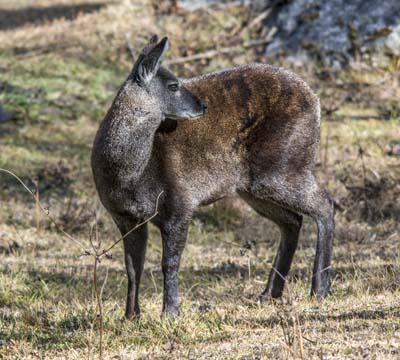- info@bestnepaltrek.com
- +977 - 9818852722
- Home
- Destination Nepal
- Everest Region Trekking
Everest Region Trekking
Everest Region Trekking.
Thus, the Everest Region Trekking Route elicits a sense of awe in its own right. Massive mountain ranges, tough mountain folk, doe-eyed yaks, and Mount Everest, the colossal monarch of them all, are all images that come to mind. The Local people are the bandy-legged, powerful who ascend mountain paths and reach summits without oxygen while carrying heavy loads. Namche Bazaar, the busy hamlet in this region, is set in the northeast of Nepal. Namche is a bustling market town that provides most visitors with an unforgettable experience.
Significant additional natural and cultural richness overshadows the Everest Region trekking route. This canopy protects just 10% of the farmed ground. As a result, nature and the mountain chain safeguard the rest of the area. The Everest Region Trek provides an excellent view of the surrounding mountains like Mount Everest, Mt. Cho-Oyu, Pumori, Lhotse, Lhotse Sar, Kongde, Amadablam, and Makalu. The Everest Base Camp Trek, Gokyo Lake Trek, Everest Three Pass Trek, Gokyo Valley Cho-la Pass, Renjo-La Pass Trek, Island Peak Climbing, and Mera Peak Climbing are other adventures in this region.
The elevation of the Everest region ranges from 3,000 meters up to the top of Mount Everest at 8,848 meters, and it houses Sagarmatha National Park, a protected wilderness area. However, Tenzing Norgay, the most renowned person of all, was born in Khumbu and joined Hillary on the first climb of Mount Everest. The Everest region trek is one of the legendary places for hiking, trekking, expeditions, and climbing. On this voyage, we will see local lifestyles, culture, customs, beliefs, and perhaps ancient monasteries. The people lived here, and they were kind and energetic. Particularly as “Sher” implies east and “Pa” implies people, it signifies “East People.”
This region is home to rosy-cheeked mountain climbers, Sherpas, and woolly, sleepy-eyed yaks. Today, you may travel around this region, learning about the local culture. Thus, engage yourself in the wild glory of this Himalayan wilderness under Mount Everest. Sagarmatha National Park also has a diverse range of vegetation and animals. We may witness musk deer, Ghoral, Himalayan Thar, yak, and red panda along the route, which is best for biodiversity. In particular, birds like (Danphe) Lophophorus impejanus, “National Birds of Nepal,” blood pheasant, red-billed choughs, yellow-billed choughs, etc. The most appealing feature of Mount Everest is its Nepali name, “Sagarmatha,” which means “touching the sky at its summit.”














